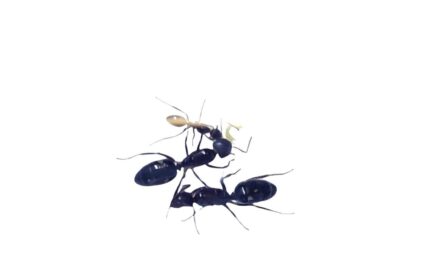
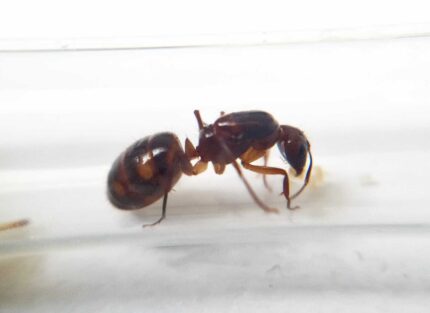
Camponotus shaqualavensis
519,90 zł – 639,90 złPrice range: 519,90 zł through 639,90 zł
Worldwide shipping
Free delivery over 999 PLN
The highest quality of goods
Live delivery guarantee
24/7 Personal Support
Fair Prices
Description
Camponotus shaqualavensis is a monogynous ant species with colony sizes of up to 5,000 workers. They have a slow development speed and come in different sizes, with queens measuring 12-14mm, workers measuring 4-7mm, and majors measuring 8-11mm. They have an orange-red head and chest and a shiny black belly. Their diet includes food insects, syrup, fruit, and vegetables.
Additional information
| Behavior | |
|---|---|
| Difficulty in breeding | |
| Origin | |
| The size of ants | |
| Wintering |
Camponotus shaqualavensis ant colony
About Camponotus shaqualavensis
Camponotus shaqualavensis is a rare species of ant known for its unique coloration and slow development speed. This species is monogynous, meaning each colony has only one queen.
Colony Type: Monogyny
Colony Size: Up to 5000 workers
Development Speed: medium
Size and Color:
- Queen: 12-14 mm
- Workers: 4-7 mm
- Majors: 8-11 mm
Color: dark Orange with black abdomen
Nutrition:
- Food insects (such as cockroaches and crickets) dead, or live if colony is big
- Syrup (a mixture of water and honey or sugar, with a ratio of 4/3 water:1)
- Fruits and vegetables
- Jelly
- Cooked chicken without salt, shrimps
- Honey
Humidity and Temperature:
- Humidity: Arena: 50-60%, Nest: 50-70%
- Temperature: Arena: 22-30 °C, Nest: 22-28 °C
Special Features
What sets Camponotus shaqualavensis apart is its rarity among Camponotus species. The unique coloration of the orange-red head and chest, combined with the shiny black belly, makes these ants a visually stunning addition to any ant colony enthusiast’s collection.
Recommended Nesting Materials
When breeding Camponotus shaqualavensis, it is recommended to provide them with suitable nesting materials. Some ideal options for these ants include acrylic nests, cork nests, gypsum nests, and aerated concrete nests. These materials provide the necessary conditions for the ants to establish and maintain their colonies successfully.
Conclusion
Camponotus shaqualavensis is a rare and visually striking species of ant that requires specific temperature and humidity conditions to thrive. With their vibrant orange-red head and chest and shiny black belly, these ants are sure to captivate the attention of ant enthusiasts. By providing them with suitable nesting materials and a diverse diet, you can ensure the successful growth and development of your Camponotus shaqualavensis colony.


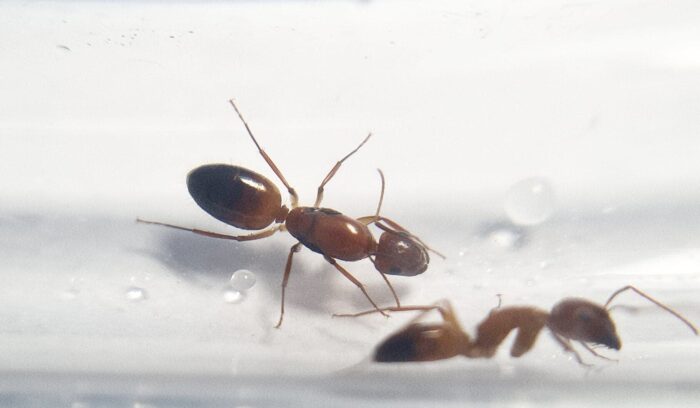
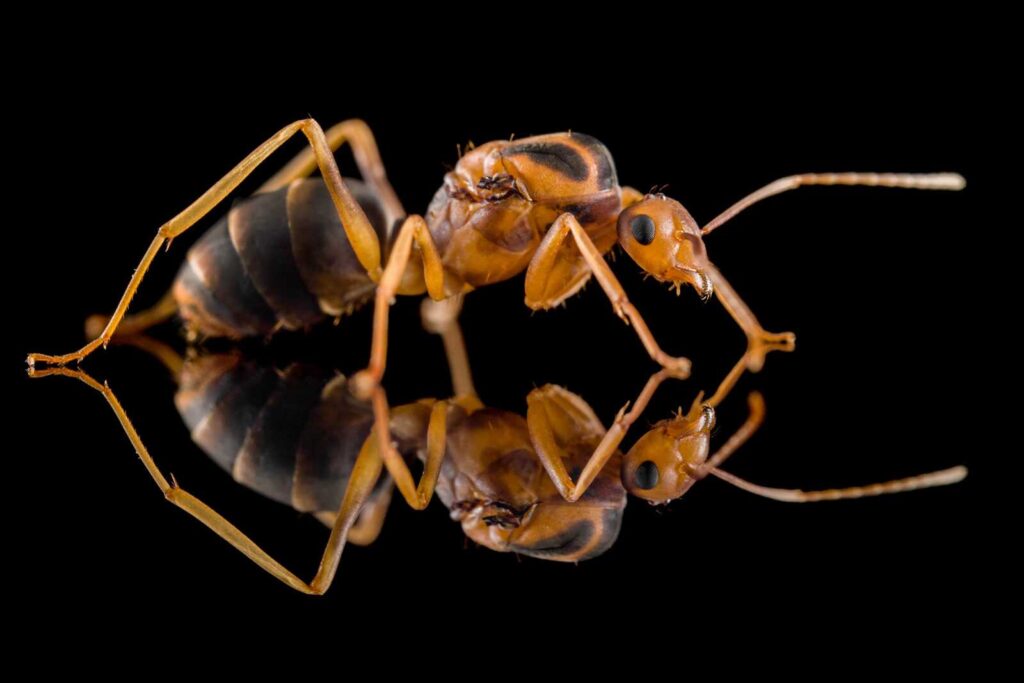
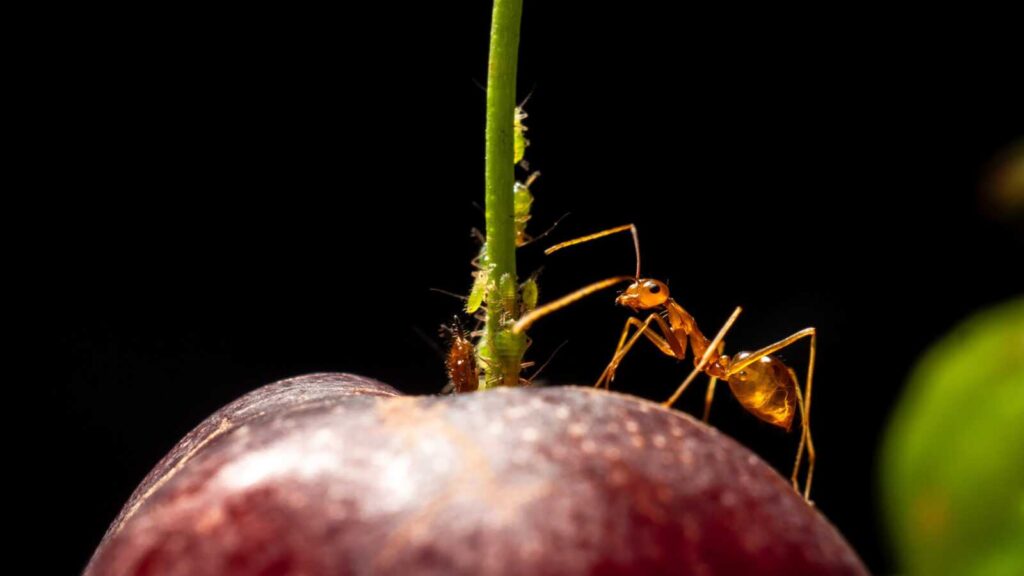
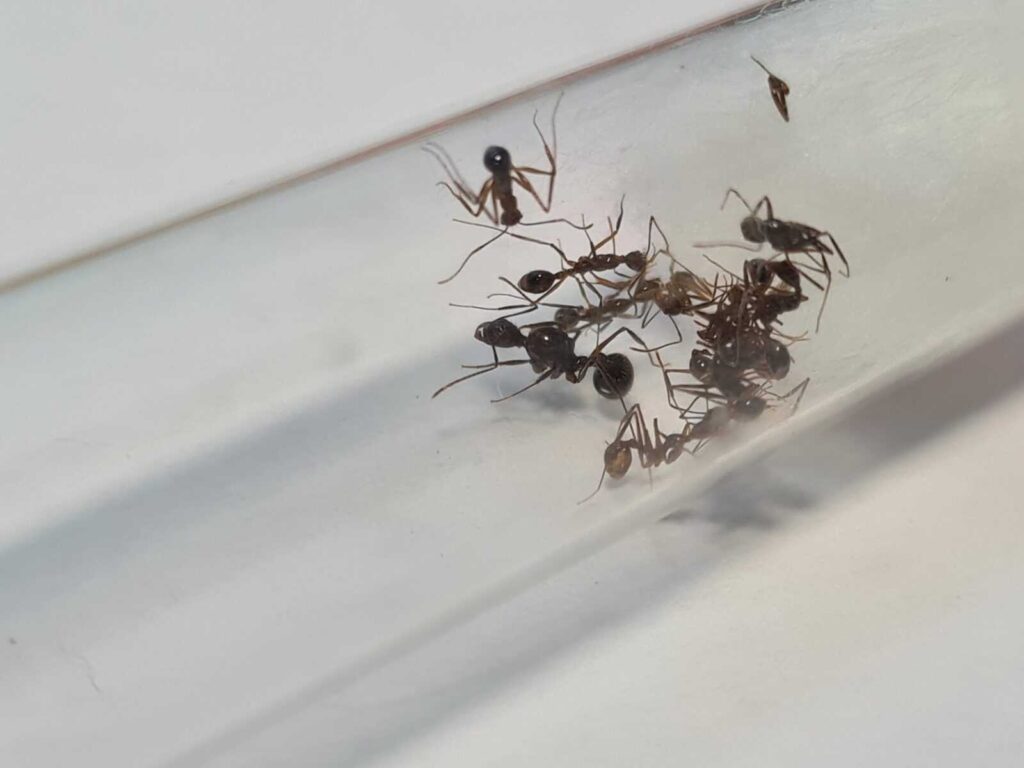
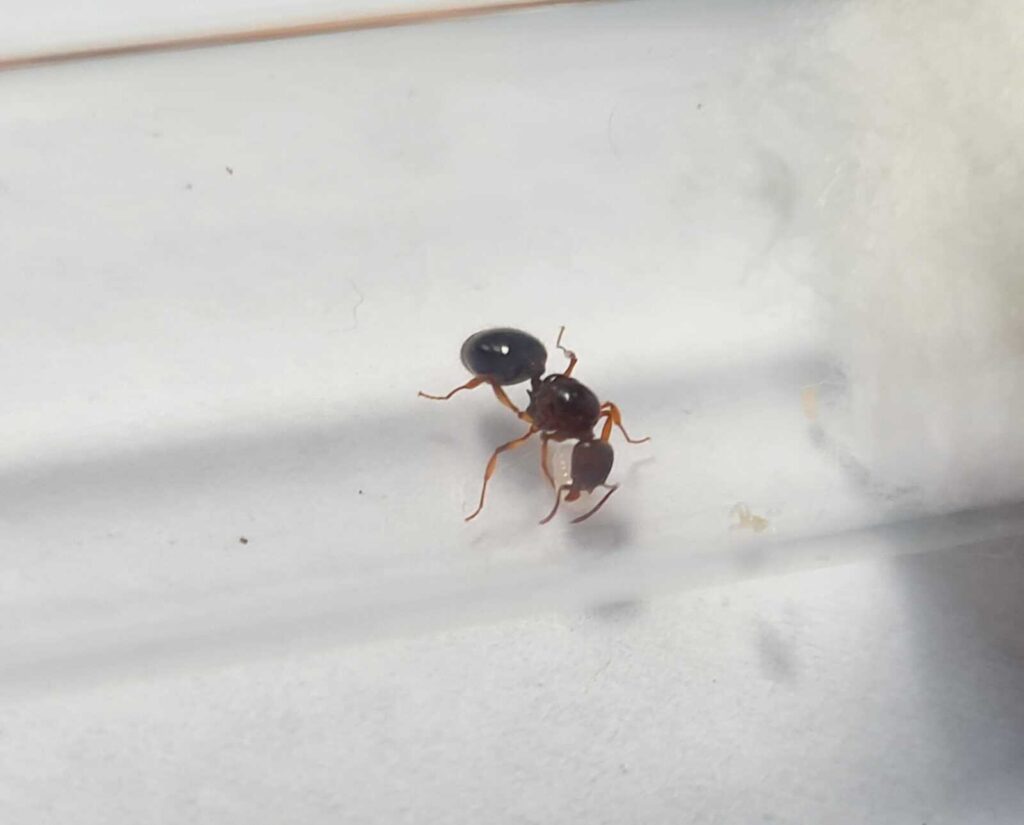
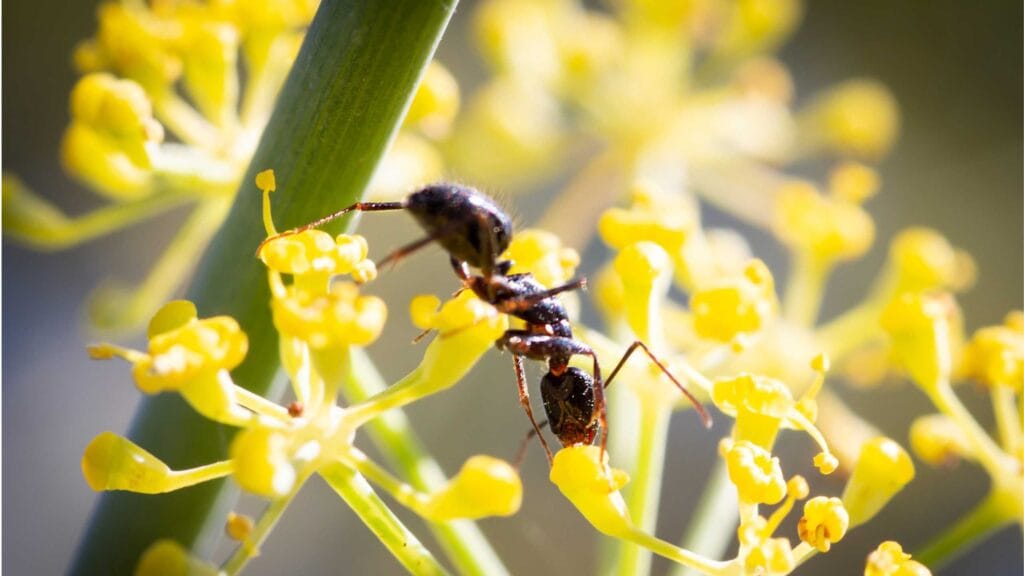
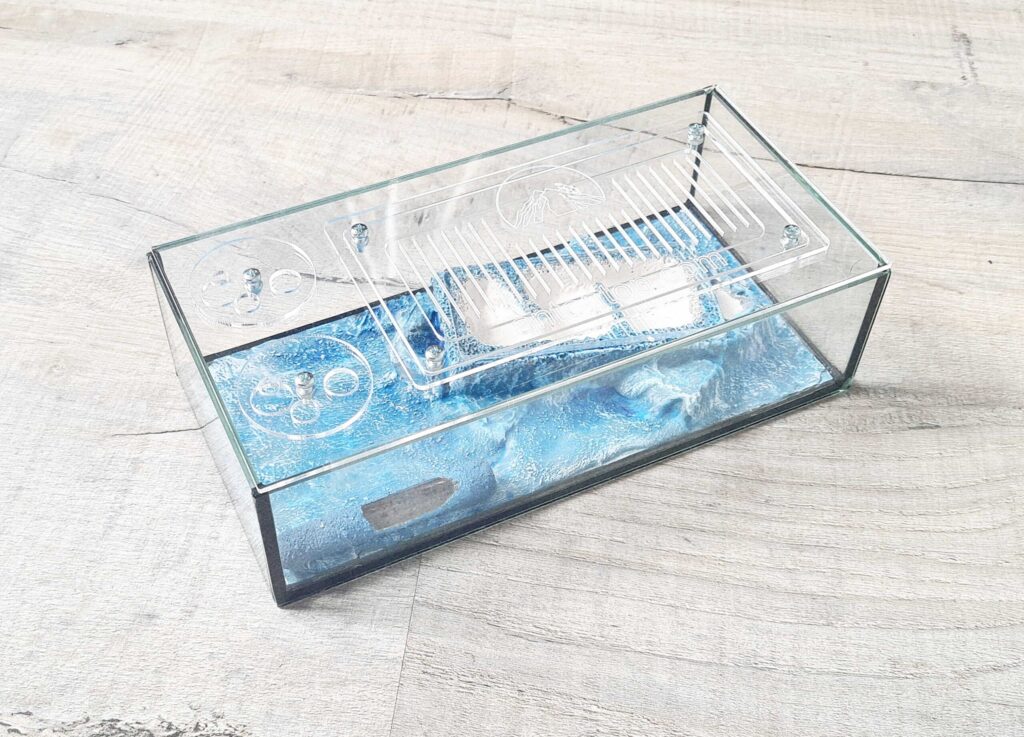
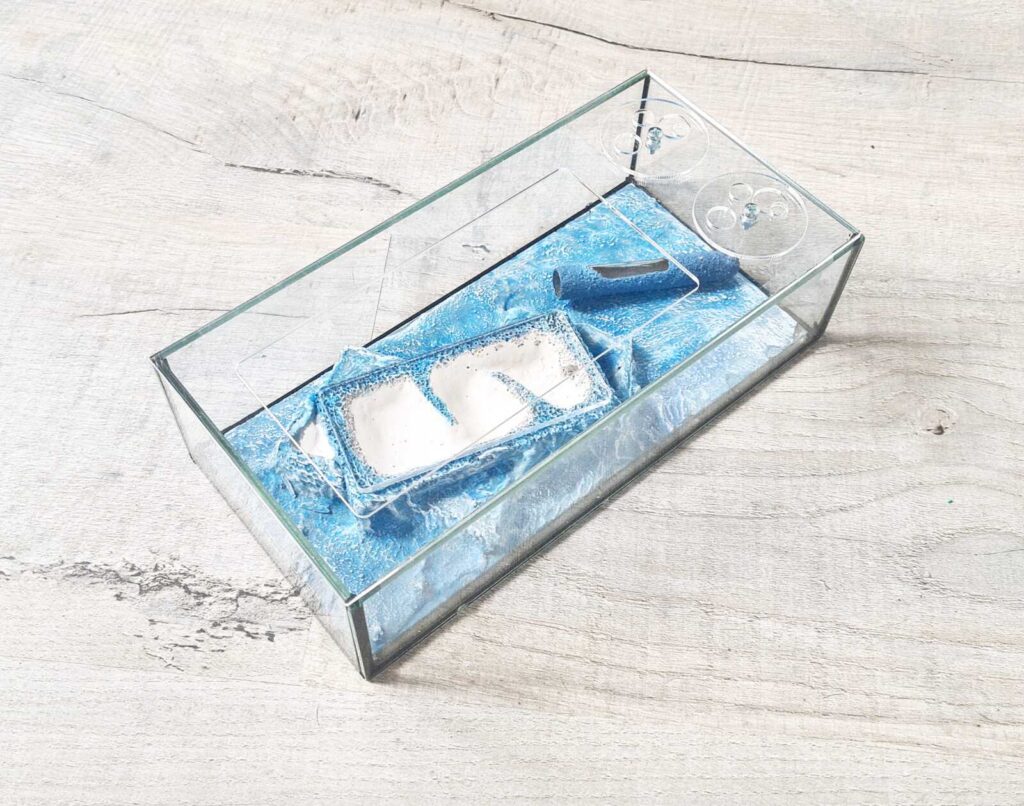
Reviews
Clear filtersThere are no reviews yet.